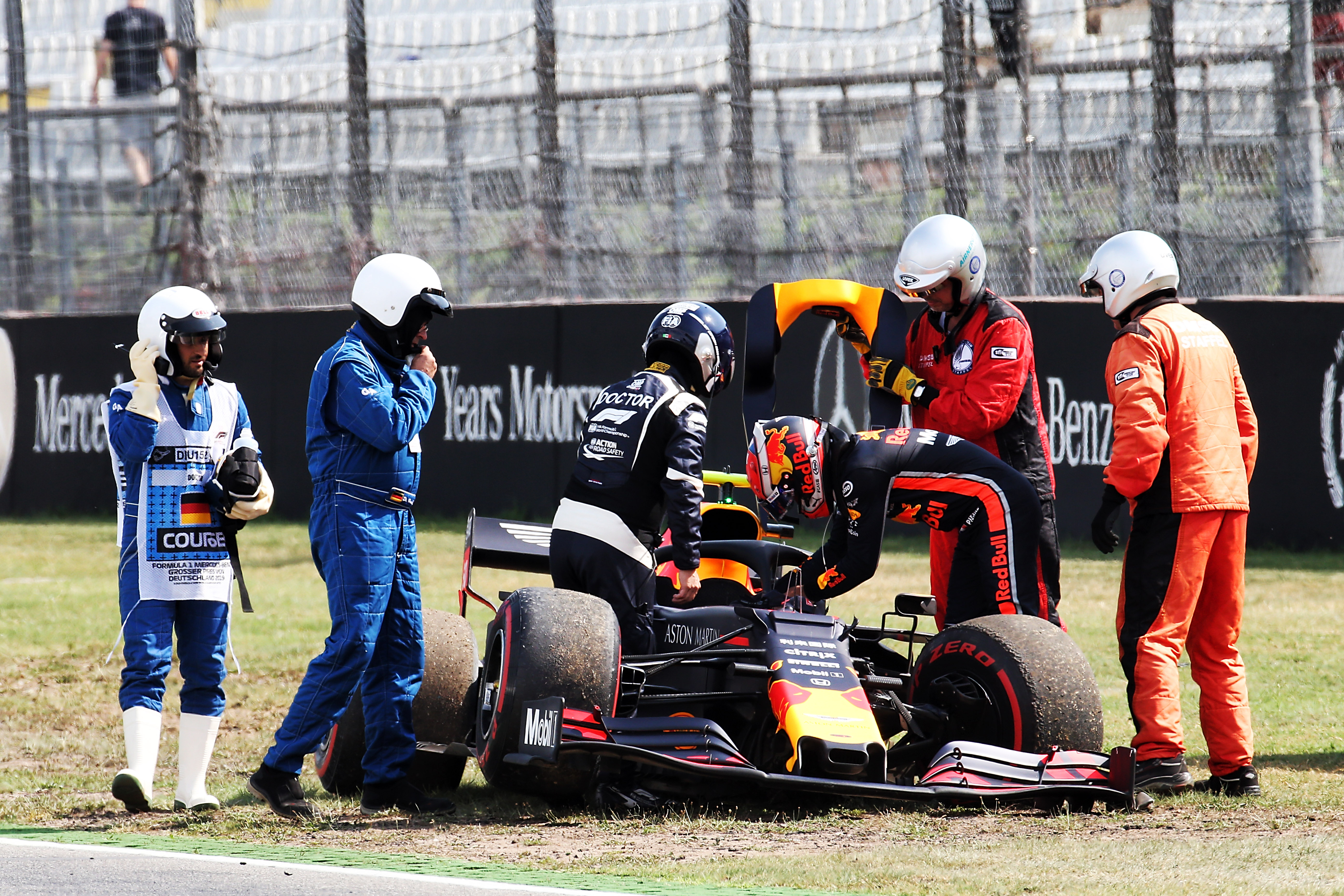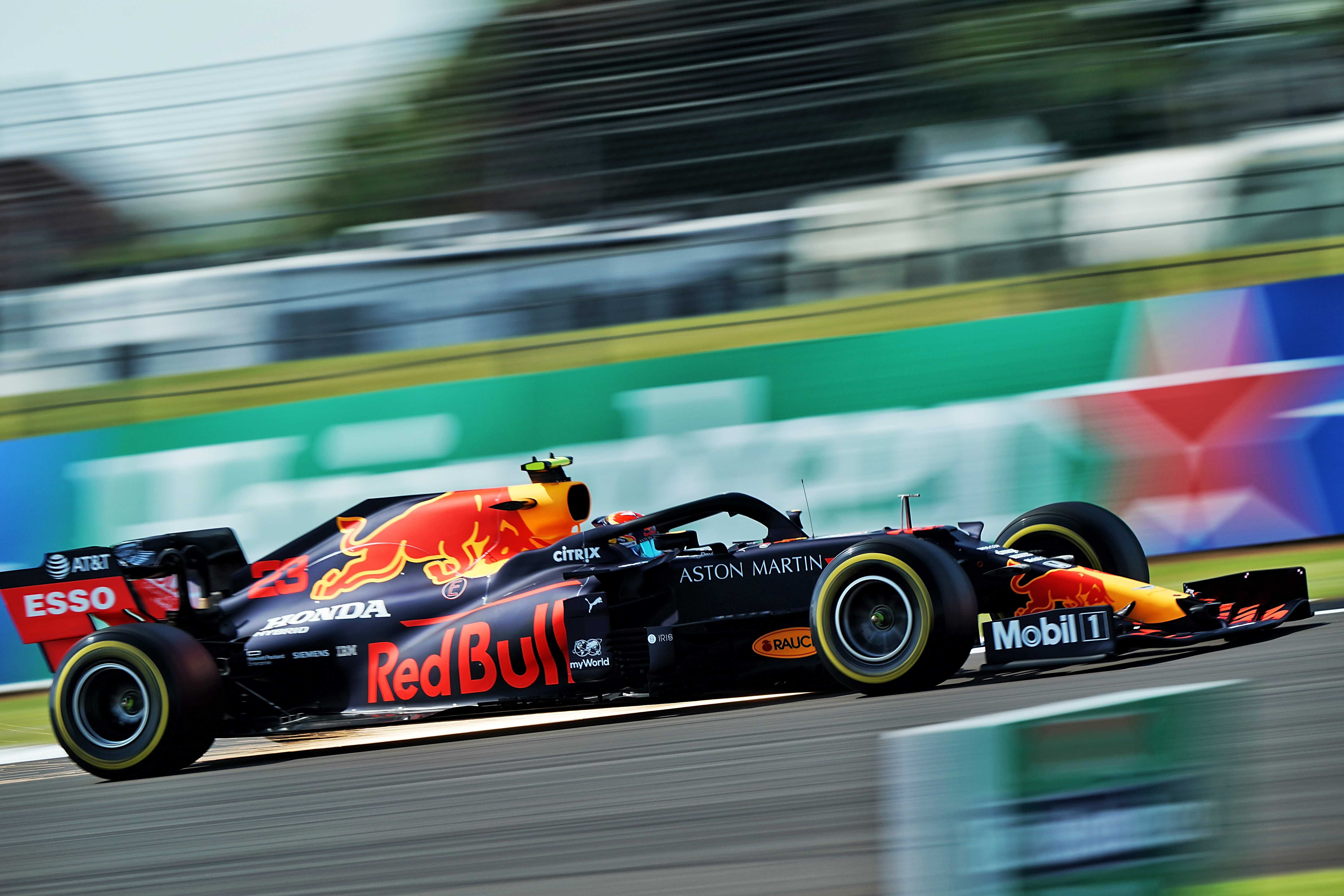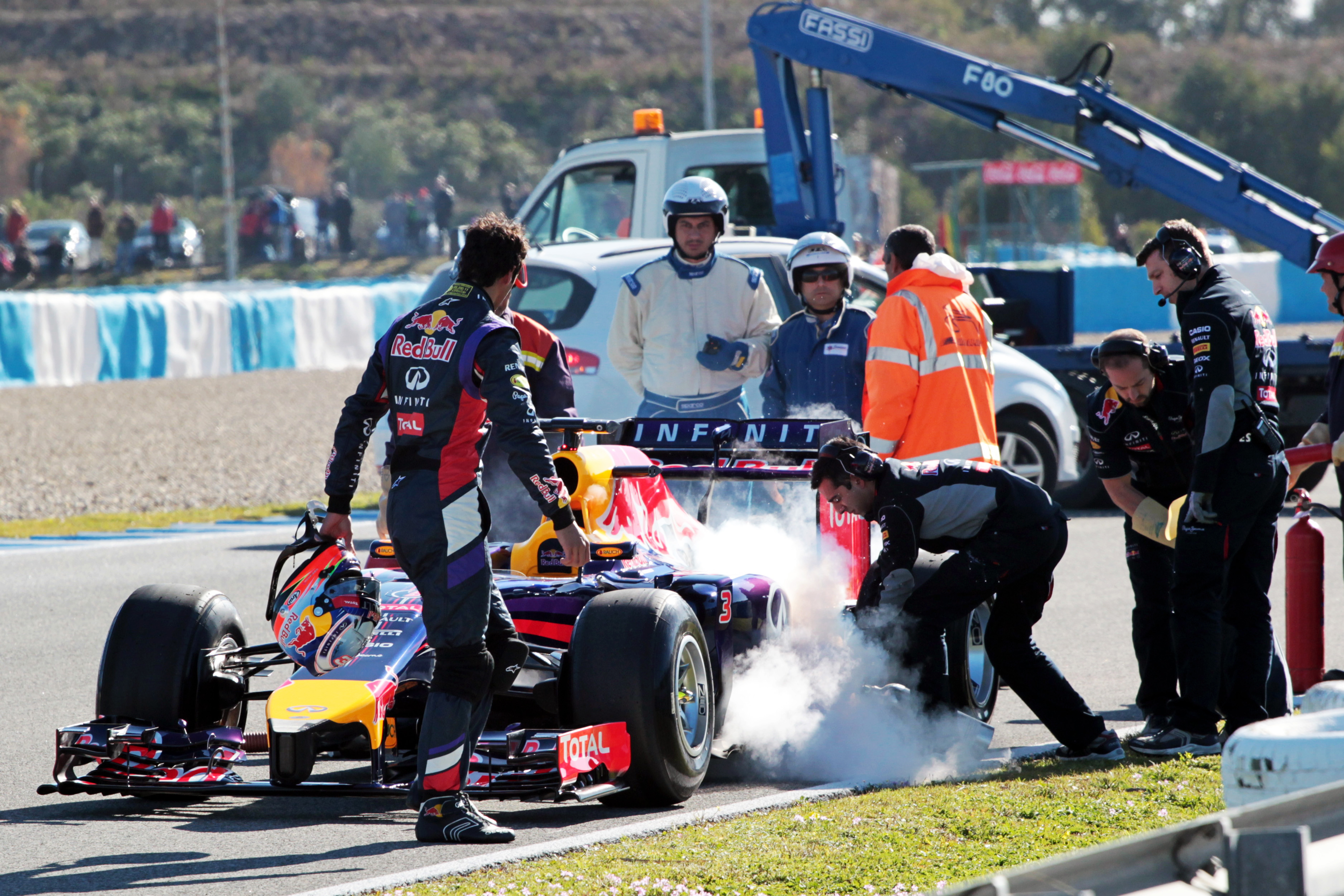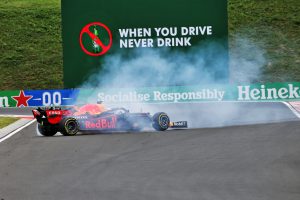Up Next

Red Bull has made a habit of starting badly in recent years, and the 2020 Formula 1 season is looking like a repeat.
There have been some clear reasons for it in previous years – from engine suppliers’ issues to clear design mistakes. But it could be that in 2020 the problem is hitting the limit of the high-rake concept it popularised.
The one thing that Racing Point’s ‘Pink Mercedes’ has shown everyone this year is that there is still life in the old dog. In this case, that means running a car with a flatter-rake concept, as Mercedes has always done, can still generate the downforce and, more importantly, generate consistency and driver confidence.
The Red Bull spends most of its time on track running in a condition that is impossible to simulate
In fact, there might be more life in the old flat-rake dog than the new high-rake one.
When teams started to copy Red Bull’s high-rake concept, I suggested they didn’t actually know why they were doing it. At the time, Red Bull was on top of its game aerodynamically so it was the right thing to do, but you need to make the idea work for you otherwise you spend all your time reacting to the problems that it is creating. And while you are doing that, others are just dotting the I’s and crossing the t’s to get more from what they really understand.

I have always said that the high-rake cars should produce more overall downforce and, because the front wing is closer to the ground at low speed, should have more front grip in slow corners than the flatter raked cars.
However it does bring problems with it, and as Red Bull tries to push for further gains with this concept it’s possible that it’s coming to the limit of what can be done.
Not only does Red Bull run more rake than others, which really does mean that the aero surfaces are working to a critical level, it also has a more outboard-end-loaded front wing than most others. Even Mercedes has reduced the load in this area.
When you are working this area as hard as Red Bull is, it changes the balance of the car as you increase the steering lock, so that’s something else that can affect how nervous the car is.
It also exploits load transfer across the front axle and front ride height reduction with steering lock, so getting the best out of the combination of all three is these changes working together must be a nightmare for the engineers.
The Red Bull cars have never been easy to drive. They are ‘knife-edge’ cars and several drivers have come and gone because they weren’t able to gain the confidence to be on that knife-edge week in, week out – or weren’t afforded the seat time to make the mistakes they need to go through to learn how to.

Max Verstappen has that confidence and unfortunately this is what Daniil Kvyat, Pierre Gasly (pictured above) and now Alex Albon were and are being measured against right now.
How the airflow is pulled in between the inside of the front wheels and under the nose of the car is critical for how the bargeboards work. The vortices generated by the bargeboards are used to act as a skirt sealing the outside of the underfloor, so the higher the rake the more critical this sealing becomes.
Any inconsistency in this flow and areas of the bargeboard can suffer from airflow separation very easily. So with the Red Bull front wing being lower to the ground in slow speed corners than most others, it could just be suffering from this problem.
CFD or windtunnel research and analysis will never correlate 100% to the track in all areas. The aero team needs to recognise these areas and make sure they put that extra bit of effort into understanding them when the car does hit the track.
On-track, the car is never steady state, it is always on the move and this can generate aerodynamic instability on areas that are aerodynamically being stressed to the maximum – or even beyond.

Another significant thing is that in the windtunnel you can never run the car touching the ground-belt otherwise it will cause serious damage and the data would also be contaminated. You can get as close as possible, but as we see with the underfloor sparking, and in the corners the front wing endplates running on the ground, the Red Bull spends most of its time on track running in a condition that is impossible to simulate.
Over the past few seasons, Red Bull has started its championship campaign weakly. Even back in the Sebastian Vettel days with blown diffusers, double diffusers etc Red Bull was often playing catch up.
I believed the car was too nervous even at Barcelona in February
It has done a good job in that, but in recent years it has lost too much on the way to put forward a championship challenge to Mercedes.
Back in the Vettel days, there was no team as complete as Mercedes currently is, the rest of the competition was fairly inconsistent so Red Bull could afford a few races to get up to speed.
It doesn’t have that luxury now and in the blink of an eyelid Mercedes just pulls too many points ahead to make catching up a possibility.

There have been different problems over the years – Renault’s engine weakness, being caught out by the wider cars that required windtunnel changes in 2017 and then the change in front wing endplates last year. But even though the reasons are different, things appear to have gone wrong again this year.
I suspect the reason is as I’ve described above. The car concept/design starts life off with too many unanswered questions and I suppose you could call it ‘still to be proven aerodynamic potential’.
The potential is in there, and that is one of Adrian Newey’s strengths, but getting it out is becoming more and more of a problem. We are now down to very small returns for major visual changes – Adrian knows that more than anyone.
It’s easy to have a car that is within a second of the pace but that will never win you a championship. And winning the championship is what Red Bull is here to do, not to play in the midfield.
The only way to pick up the next stages of development is to get the car on the track. COVID-19 has delayed that this season but once Red Bull has got decent mileage in previous seasons it has managed to rectify the situation.
This is what Red Bull is in the middle of right now. At the last couple of races, it had a couple of different nose/front wing mounting solutions and different floor details, which it kept back-to-backing. But so far I don’t think either of them has stood out as being the cure for the problem.

For Silverstone, Red Bull has settled on using the original specification from pre-season testing, having only used the new nose package in a race once – on Verstappen’s car in the first race of the season.
But as I said during pre-season testing, I believed the car was too nervous even at Barcelona in February. Red Bull says that it is doing some experiments at Silverstone to try to understand the problem a little better.
When I heard both drivers in Friday afternoon practice complaining about understeer, I thought ‘OK’ because one of the things that allows you to go forward is to make the car do one thing consistently and then from there you can make progress. But if it’s doing a bit of everything, it just becomes a nightmare to drive and quickly saps your confidence.

The next thing, Albon was in the barriers. I hope it wasn’t because Red Bull got clever and reduced the understeer to a level that the nervousness came back, but to me the rear really snapped.
As I said in my column about Albon’s new engineer, at Jordan had the same problem with Takuma Sato. He always complained about understeer and his engineer would keep dialling it out until he was happy but the next thing he would be in the gravel trap. It just made the car too nervous.
A driver can muscle understeer, but oversteer is another thing. It will always pop up and bite you at some point in time. Verstappen has more experience in what every driver that has ever driven a Red Bull will say is fast, but to be fast you need to be on a knife edge. Albon just doesn’t have that experience yet.
Let’s hope he survives the wrath of the Red Bull management and they allow him the time to a) get his confidence and b) still be there when the team latches onto what is creating the problem and it can give him a better car.
The most important question is how good the 2020 Red Bull can really become and if it really has got close to the maximum of what is possible with the high-rake concept.







